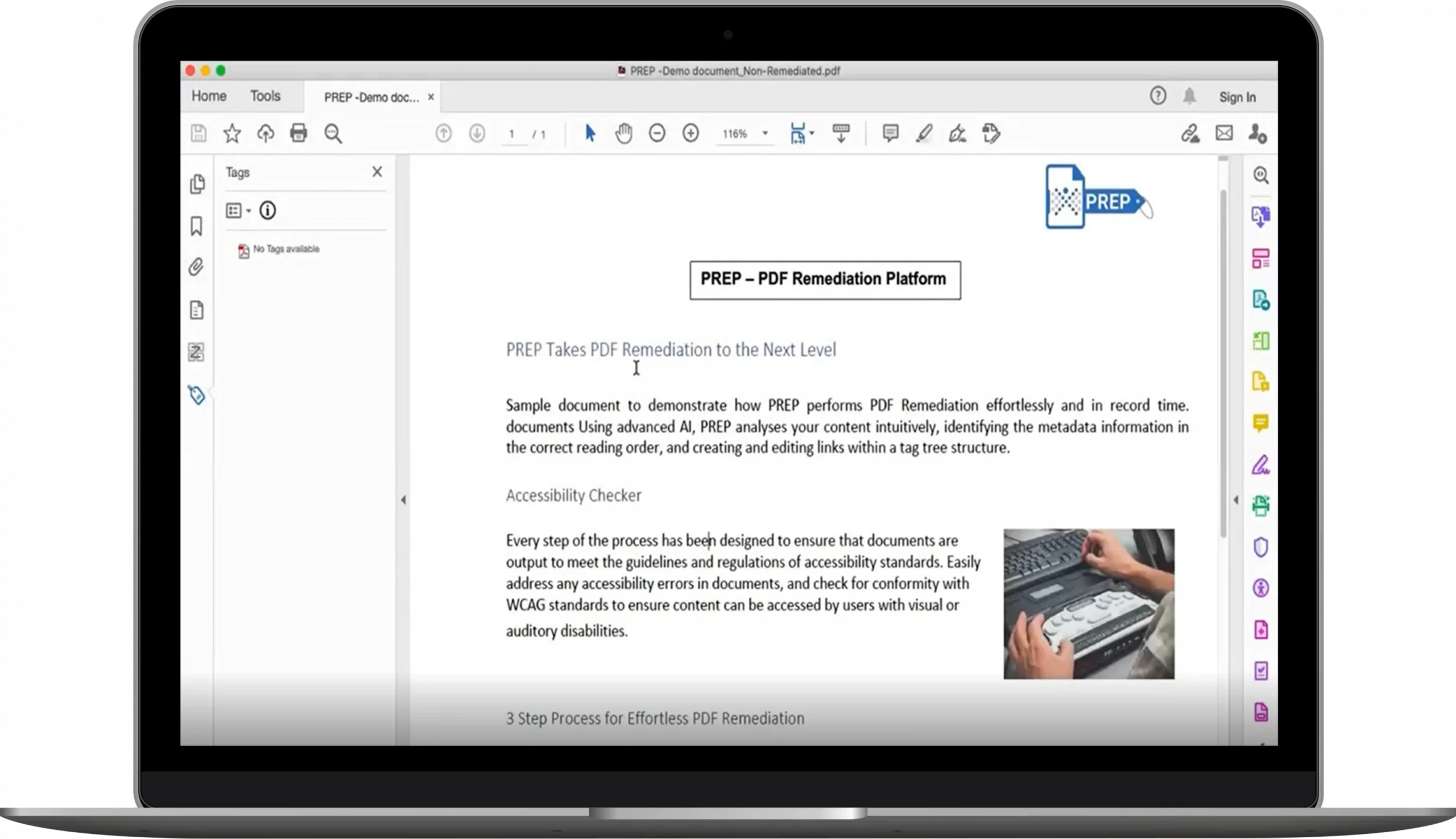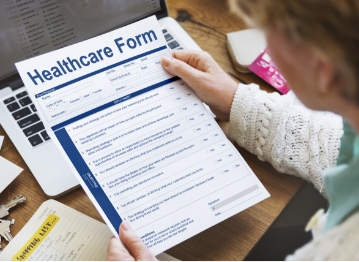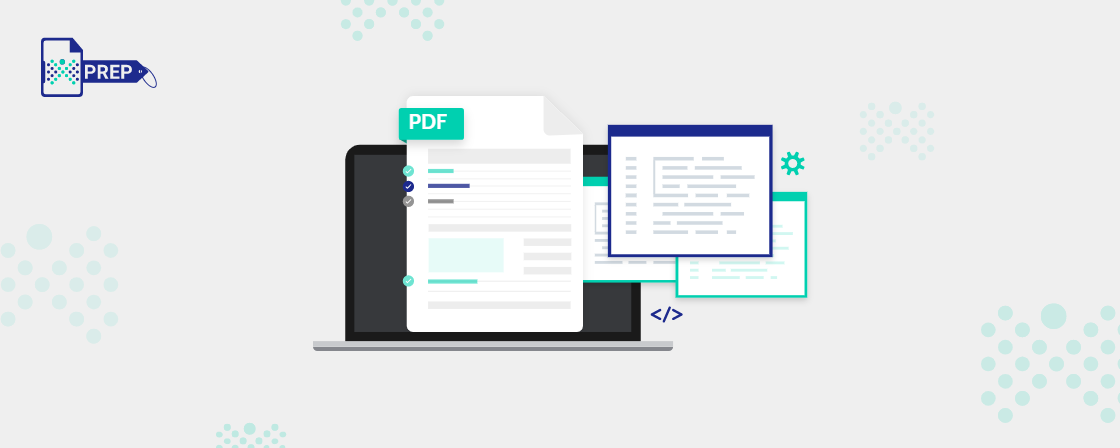How Does PREP’s PDF Remediation Software Work?
PREP’s dynamic web-based user interface (UI) offers an intuitive and streamlined user experience, transforming your content in just three steps.
Upload Document
Securely upload your document into PREP to allow our advanced AI tool to instantly analyze your content and provide auto-detect tags based on its structure.
Review & Modify
Leverage PREP's intuitive features to quickly and easily review the document and modify the page content structure as needed.
Get Fully Compliant Document
Finally, use PREP's built-in accessibility report checker to fix flagged issues and generate a fully compliant document.









